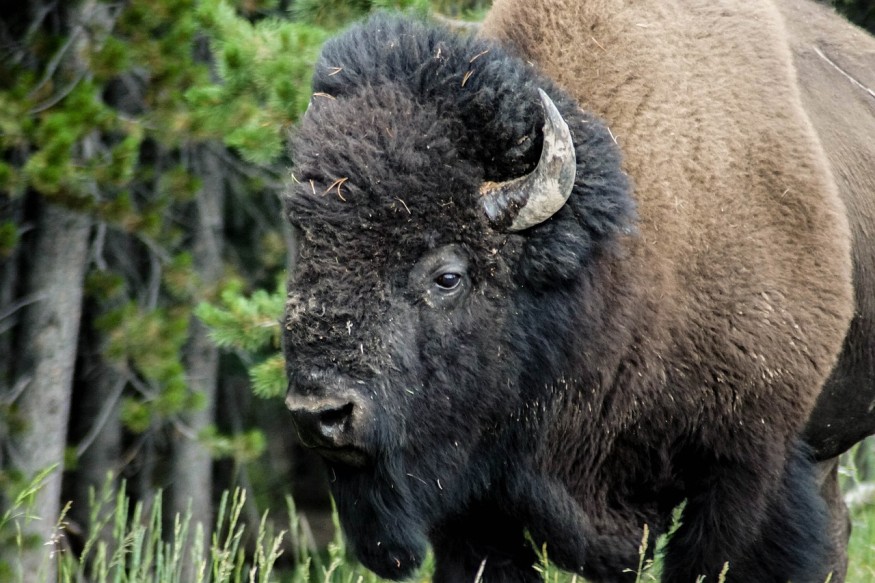A necropsy, or animal autopsy, was conducted in Russia on a well-preserved extinct bison discovered in Siberian permafrost. The mummified bison is believed to have 8,000 years ago before it was preserved in the permafrost.
The dissected tissues were so well-preserved that the researcher believes the long-dead creature may be cloned. However, not all scientists agree with this idea.

Autopsy of a Mummified Bison
Scientists from North-Eastern Federal University's (NEFFU) Mammoth Museum performed an autopsy on an ancient bison discovered in the summer of 2022. The press release reports that the discovery is a partial cadaver, with the head, forelimbs, and a portion of the chest well preserved. Soft tissue, muscle, skin, and wool samples were obtained during the autopsy, and the brain was removed.
Maxim Cheprasov, head of the NEFU Mammoth Museum, said that scientists initially classified the cadaver as a young individual, about 1.5 to 2 years old, although they have not yet determined its cause of death. Between 2008 and 2009, scientists knew its geological age of 8,000 to 9,000 years old, but it's biological age was around two months and 4-4.5 years.
The mummified bison was discovered in the summer of 2022 in the Verkhoyansk district in the new Khaastaakh community and was free of charge presented to the Mammoth Museum.
Cloning the Mummified Bison
NEFU collaborator Hwang Woo Sok, a former cloning expert and the Director of the UAE Biotechnology Research Foundation, said that the team is now working with a unique find that can be cloned in the future using the samples they took from the mummified bison.
Hwang was sacked from Seoul National University in South Korea in 2006 after falsifying data and violating bioethics standards while attempting to clone embryonic human stem cells.
Samples were obtained during the autopsy for further visualization for microbiological, histological, cellular, and radiocarbon investigations, tomographic, morphological studies, and 3D scanning.
The analyses will be carried out in several Russian scientific institutes. The chosen materials are kept in the museum freezer and other specific settings. After selecting soft tissues, the ICUC "Molecular Paleontology" researchers and their Korean counterparts immediately began cell research.
Is It Possible to Clone the Bison?
However, not everyone agrees that it is possible cloning the ancient bison. Paleogeneticist Love Dalén from Stockholm University in Sweden, who was not involved in the necropsy, told Live Science that it might not be possible to clone extinct animals from samples like those. Even if the tissue is well-preserved, it is likely too degraded to be cloned.
Dalén noted that they must find intact chromosomes to make cloning possible. However, even the best specimens to date have fragmented chromosomes, and it is unlikely to find an intact chromosome from specimens thousands of years old.
Nevertheless, Dalén believes that it may be able to decode the bulk of the bison's genome, which might then be coupled with DNA from other ancient species as well as live bison to resuscitate the extinct animal finally. Although this would be incredibly challenging, the chances of success are "many orders of magnitude higher" than directly cloning the specimen.
RELATED ARTICLE: Arctic Wolf Cloned: Chinese Scientists Use SCNT Cloning Method to Replicate the Dog-like Carnivore
Check out more news and information on Cloning in Science Times.












